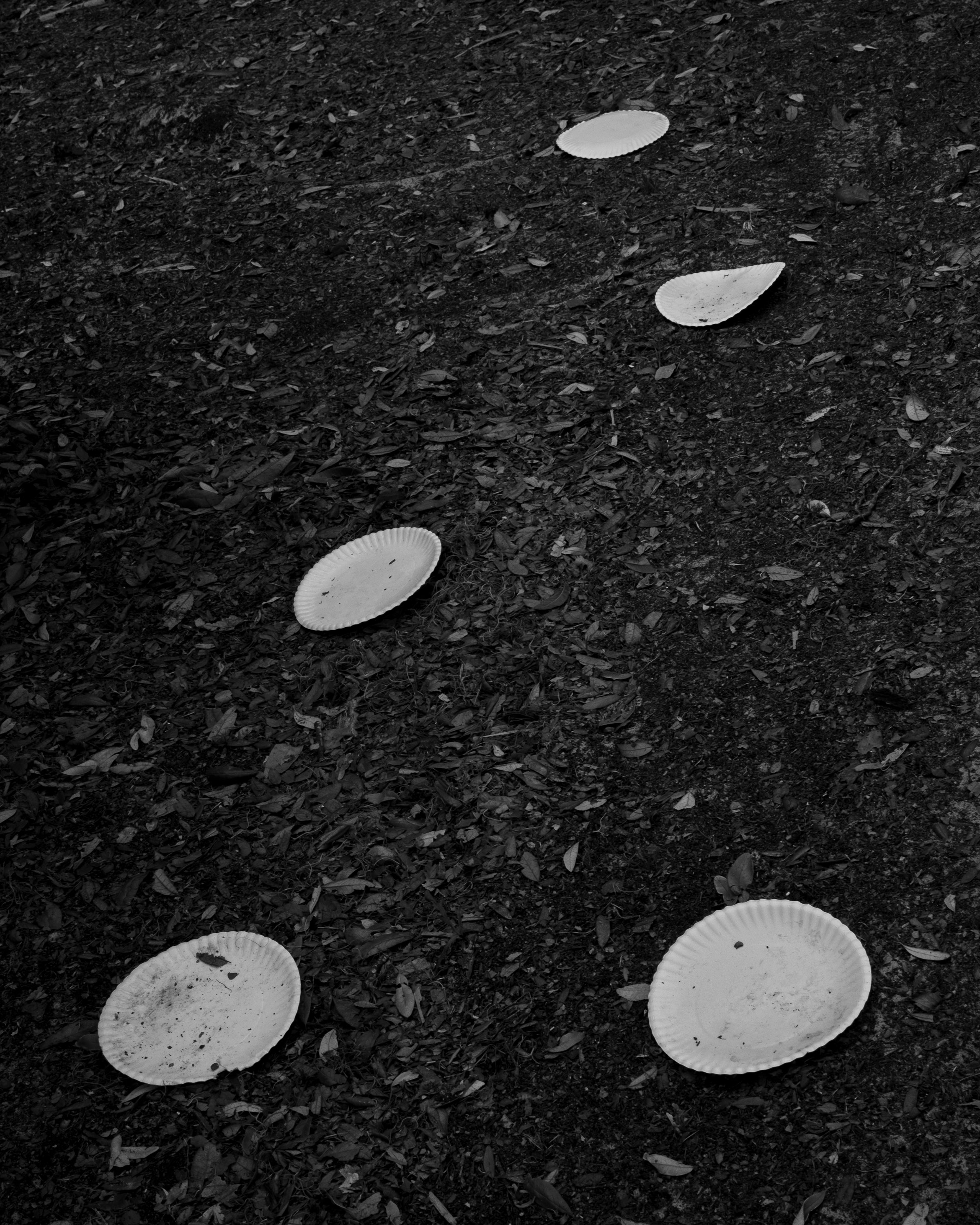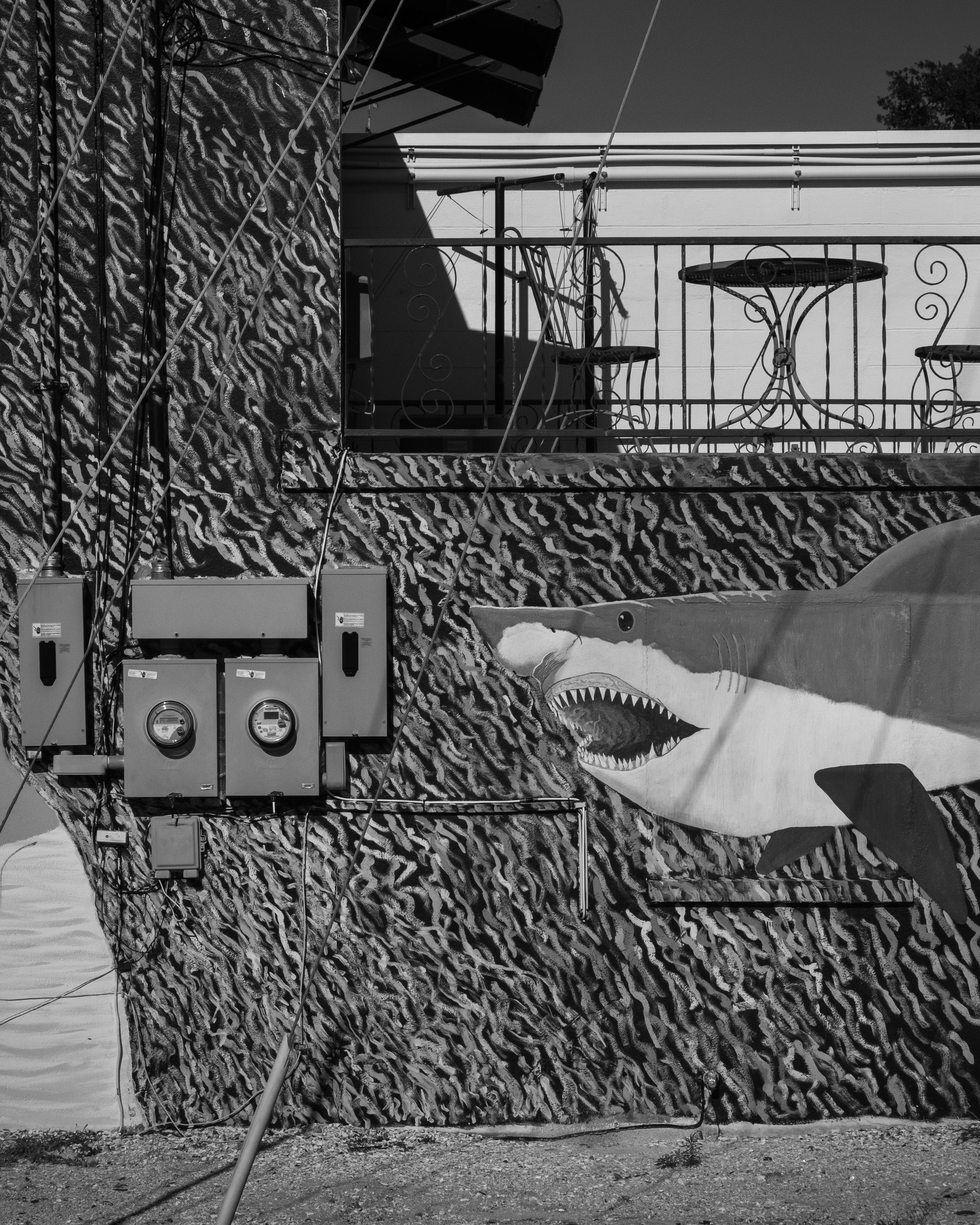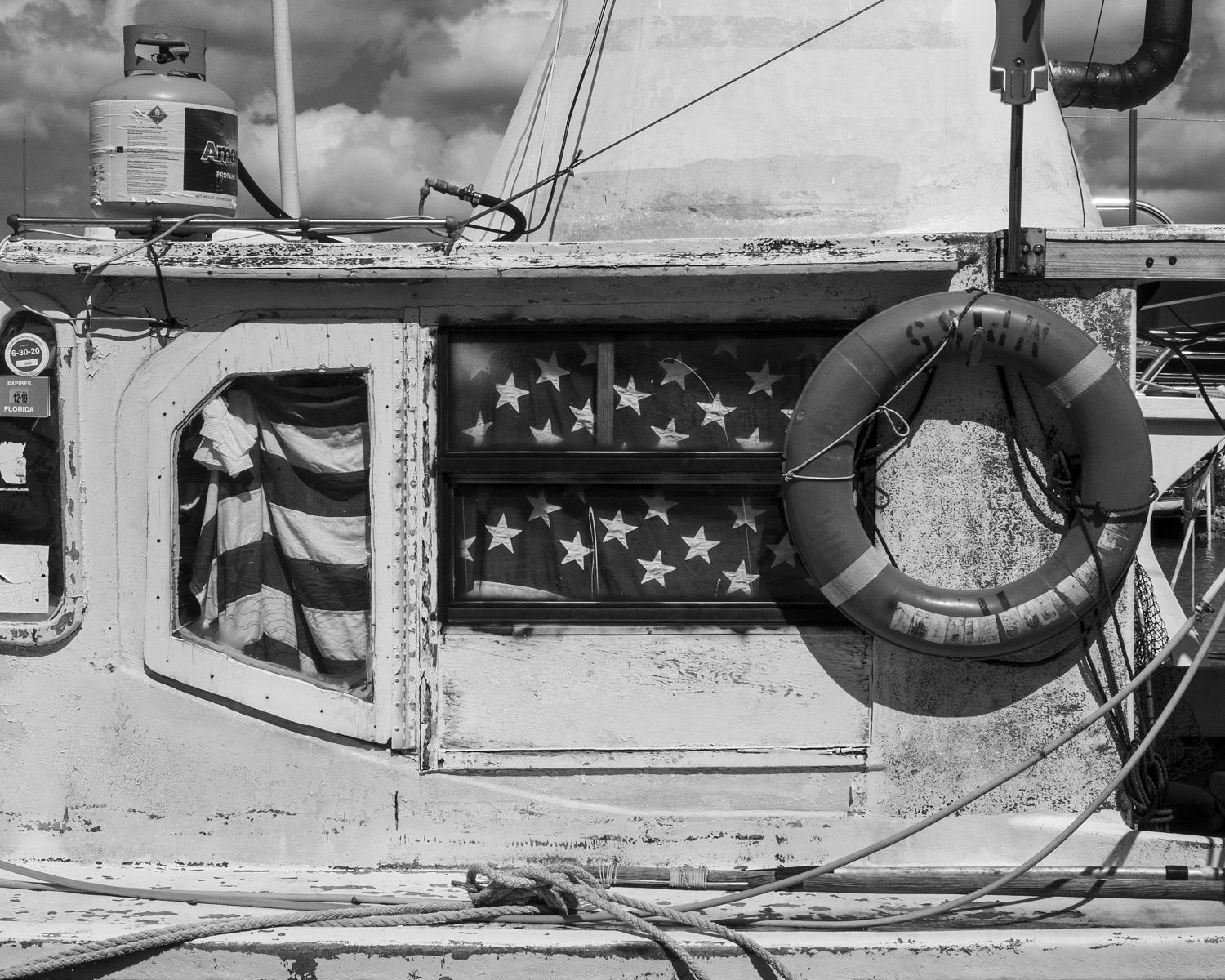SNOWBIRD
Tarpon Springs, Florida(select works)
In 1941, Walker Evans traveled to Florida to photographically illustrate longtime newspaperman Karl Bickel’s exhaustive historical account, The Mangrove Coast: The Story of the West Coast of Florida. Evans’ assignment doubled as a kind of honeymoon: Evans had just married Jane Smith Ninas, a painter.
The Florida pictures are possibly the least known of Evans’ pre-1945 works, and were not widely appreciated at the time of publication. The second and subsequent editions of The Mangrove Coast altogether omitted Evan’s images. Of course a contemporary reading of Evan’s photographs reveal a poetic, albeit distanced and detached, lyricism. Documenting mobile home parks, circus performers, and roadside citrus stands, Evans concentrated much of his efforts in Sarasota. Photographs made on the Gulf beaches and in Tallahassee and Tampa are understated, even bleak. “Only Tarpon Springs acquitted itself well,” writes Robert Plunket. “Evans loved the diving suit and the amateurish murals, versions of which still decorate the Tarpon Springs of today.” Several months into Evans’ stay, he and Jane enjoyed a morning walk along a Sarasota beach before learning that Pearl Harbor had been attacked.
My wife and I began our own extended honeymoon with a move to Tarpon Springs in July 2019, and it is there that I sought to orient myself to married life and a unique community steeped in a complex mix of culture and history, contradiction and change. Consisting of photographs initially made during daily walks and bike rides around town, Snowbird situates the idyllic and quotidian, the strange and the sentimental. And just as Evans saw the world change from the Gulf Coast, we too experienced a radical reordering of our world. From Black Lives Matter protests to the COVID-19 pandemic, we have been called to question our understanding isolation and distance, of justice and community, and now see ourselves challenged and forever changed.
.....................................







